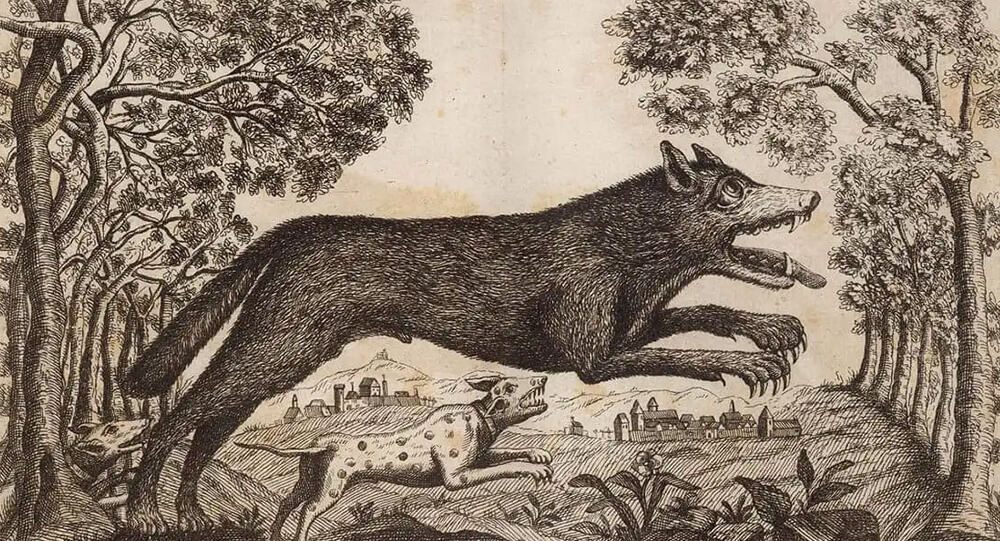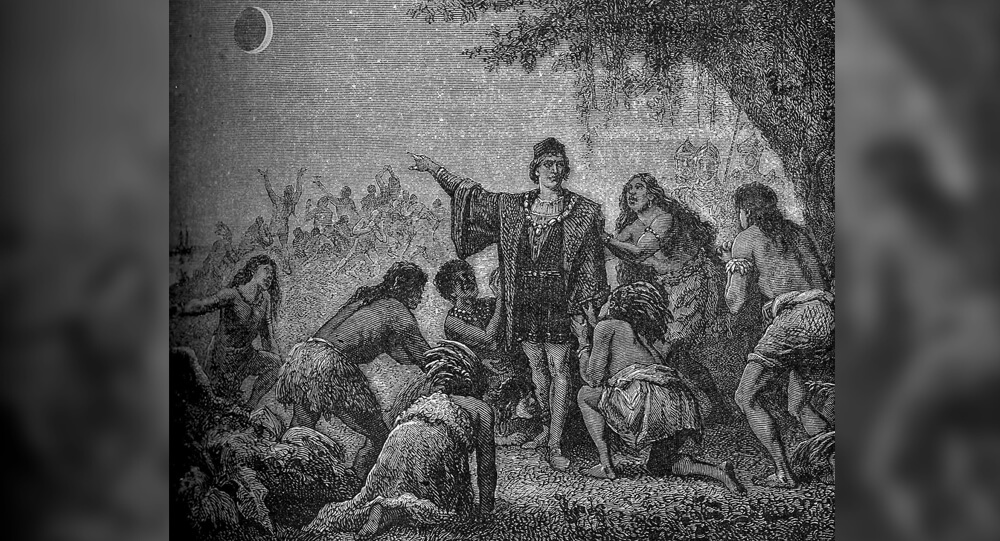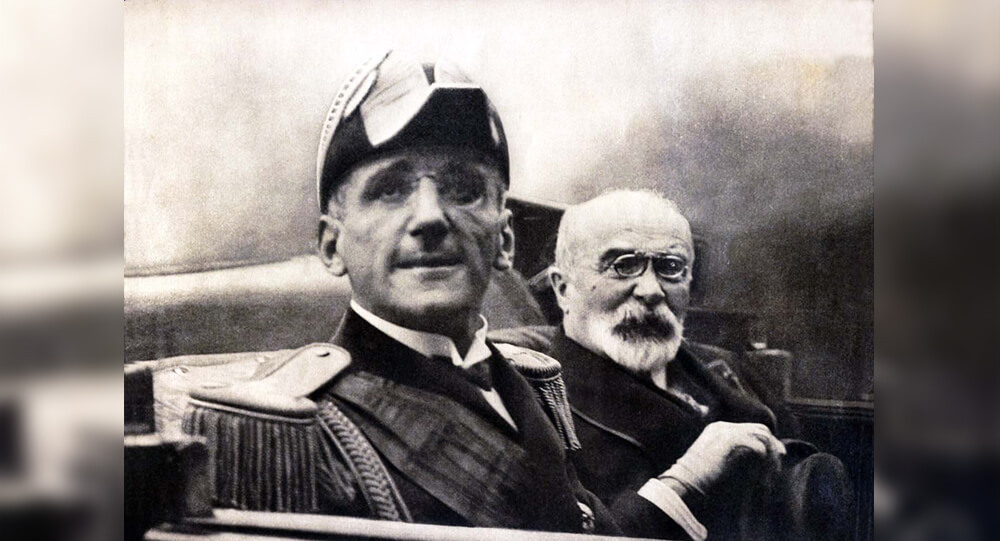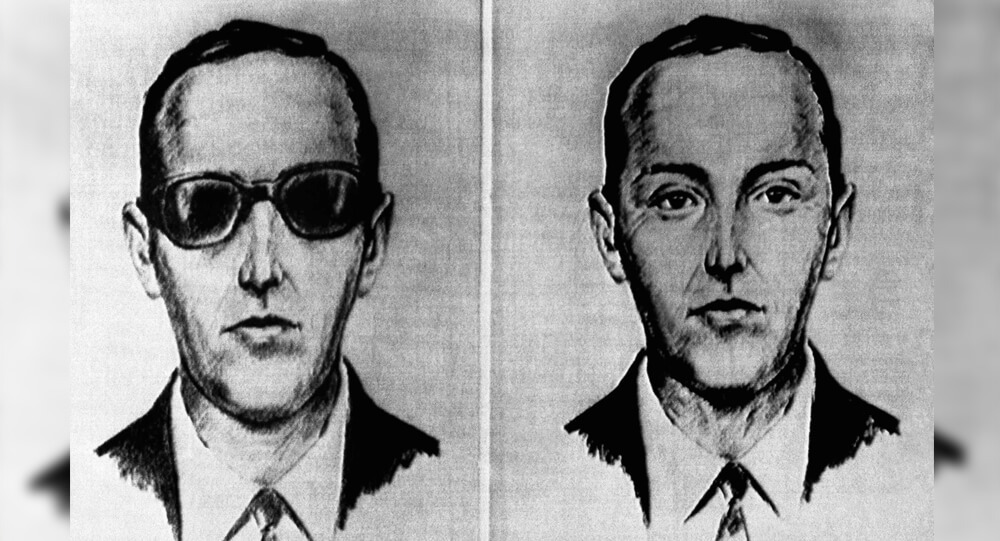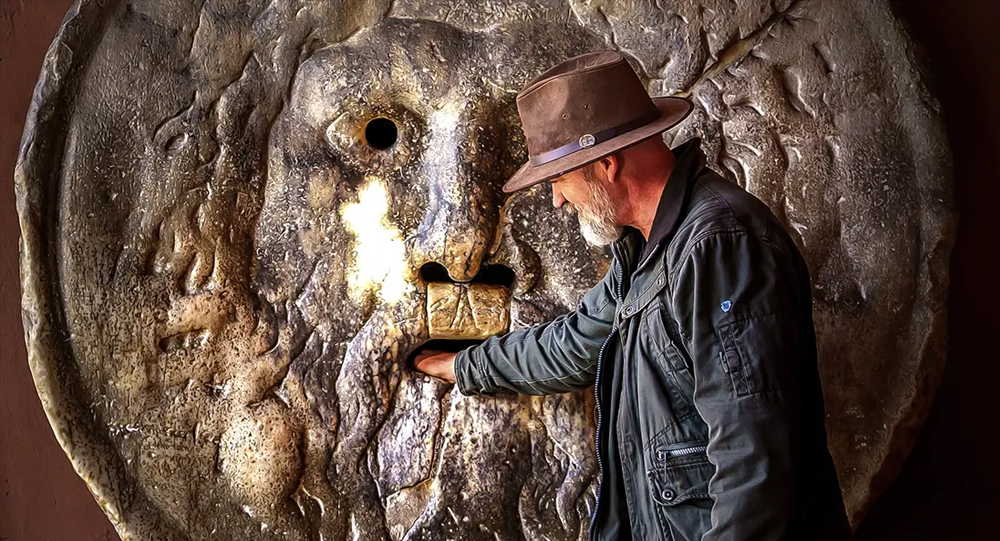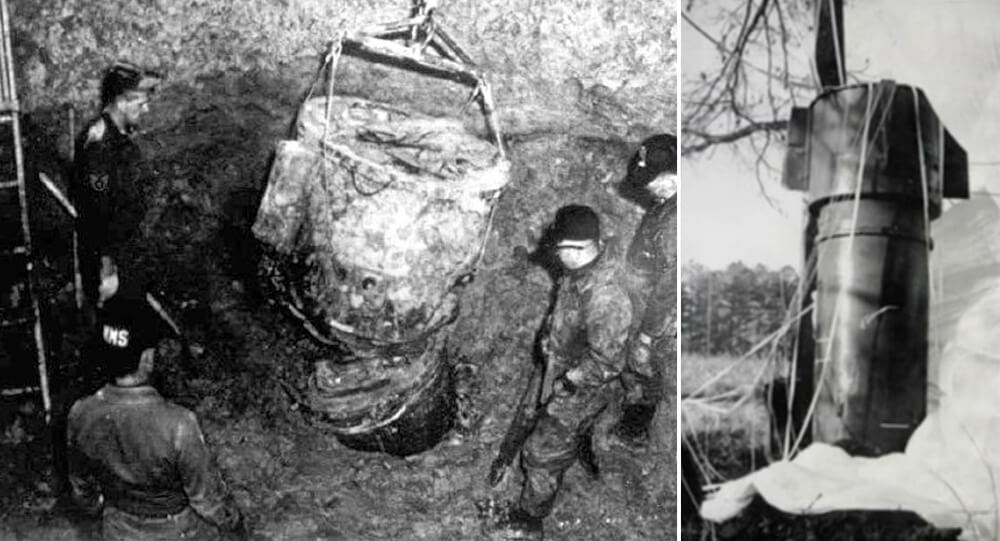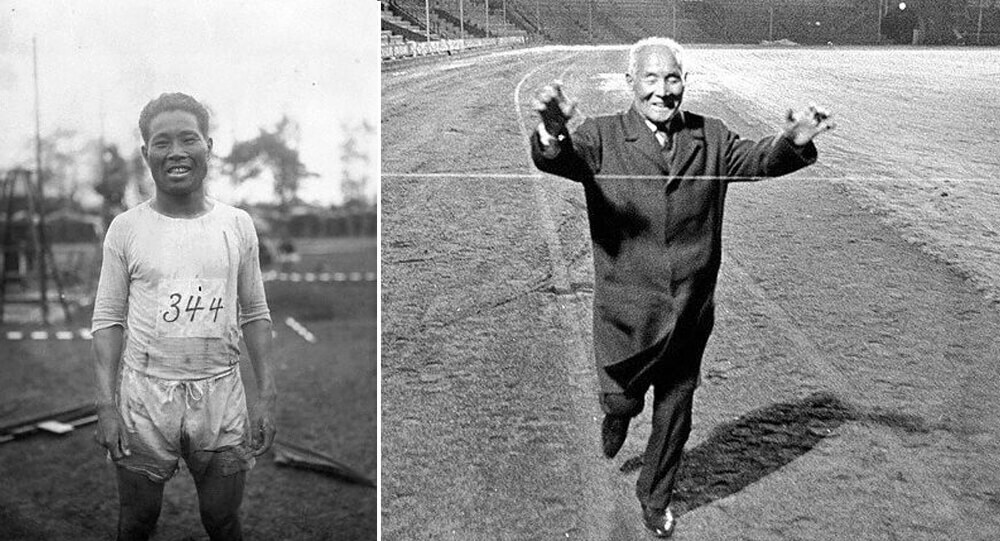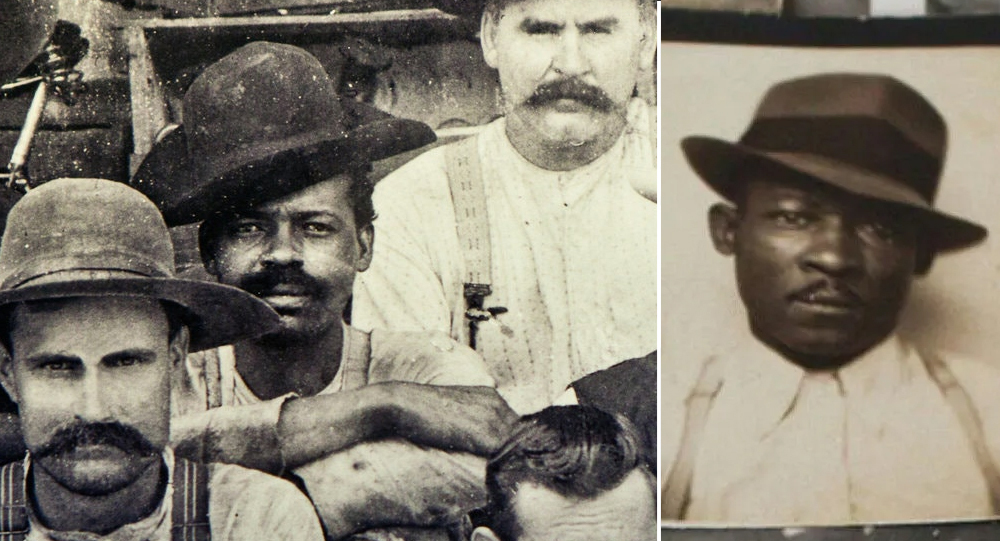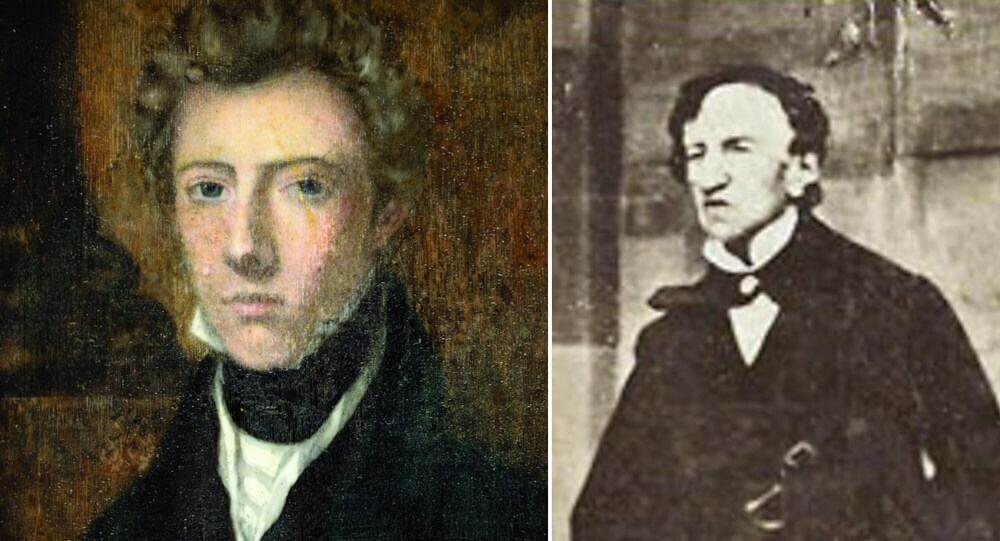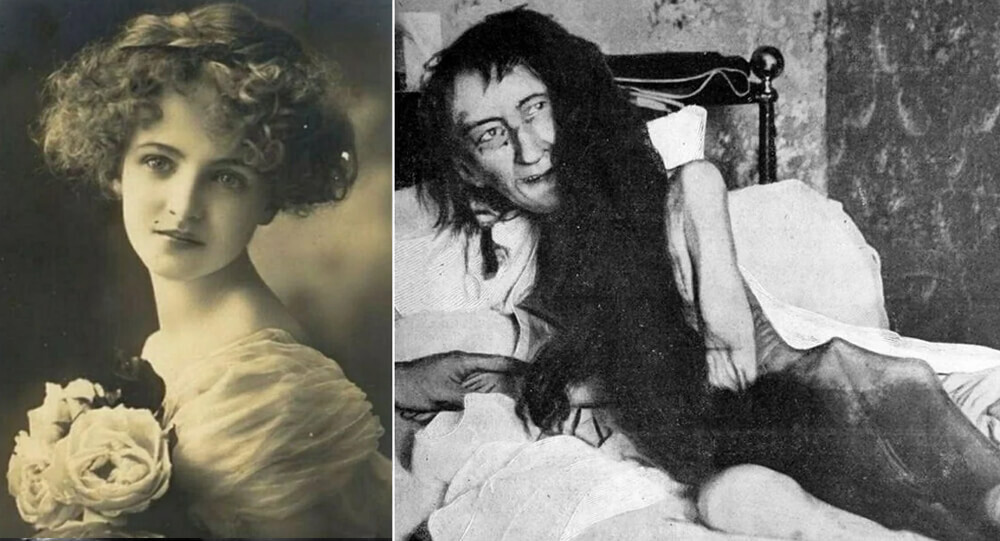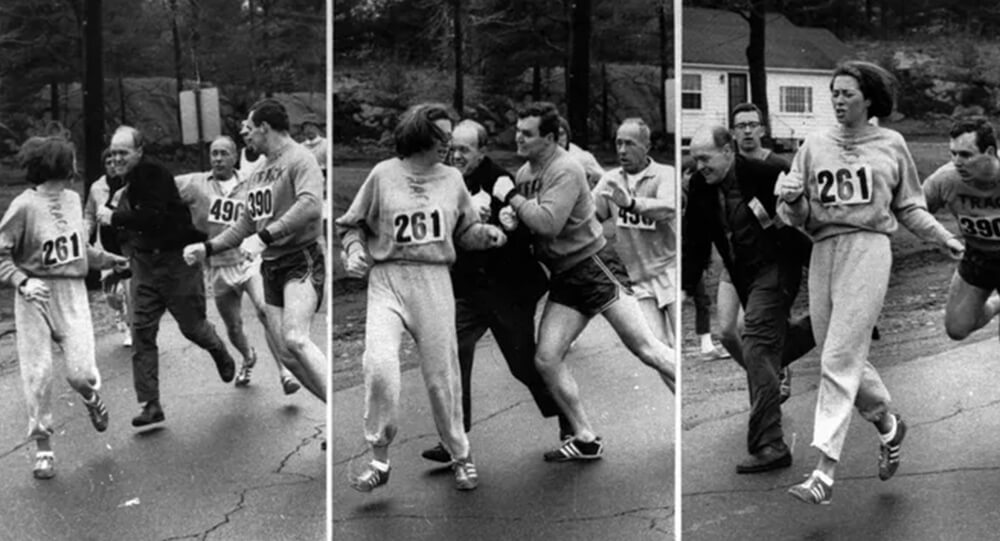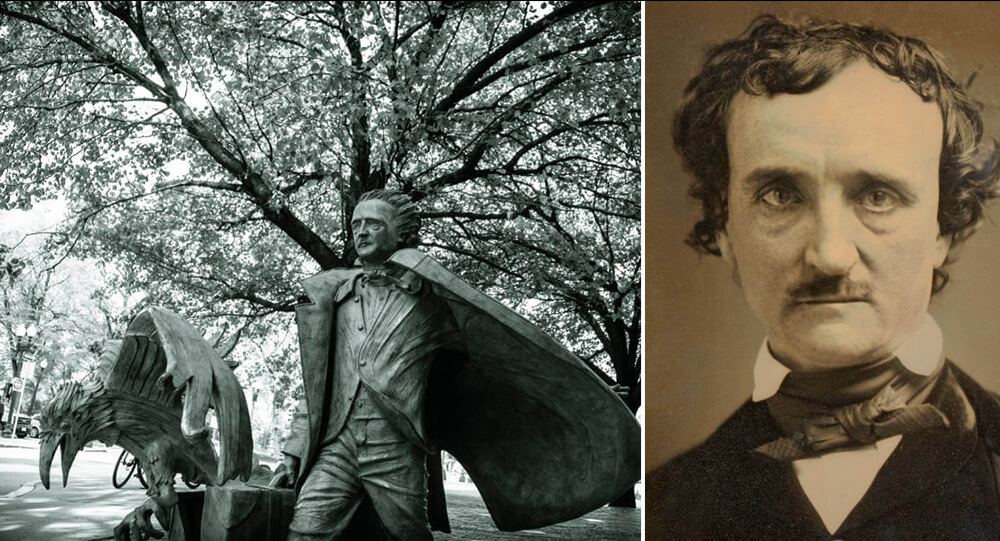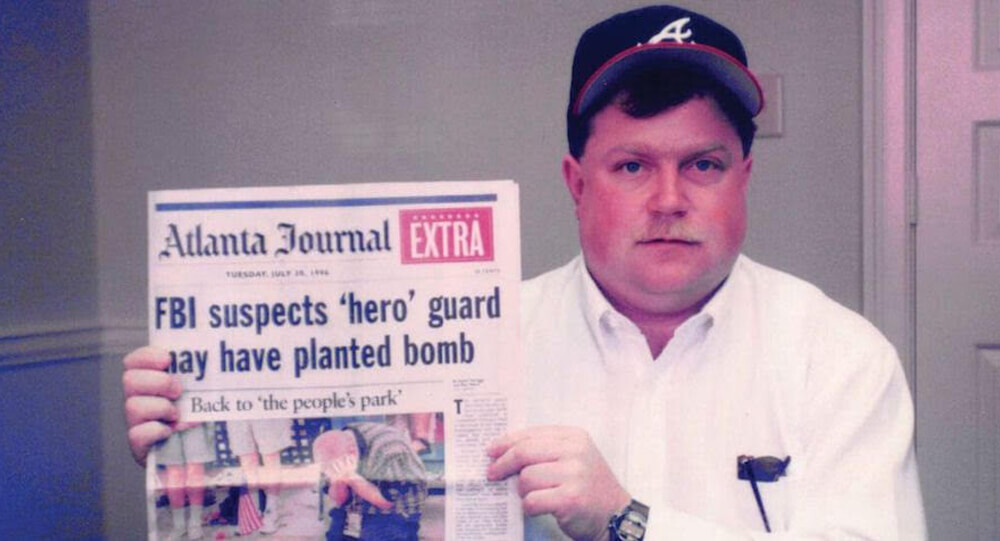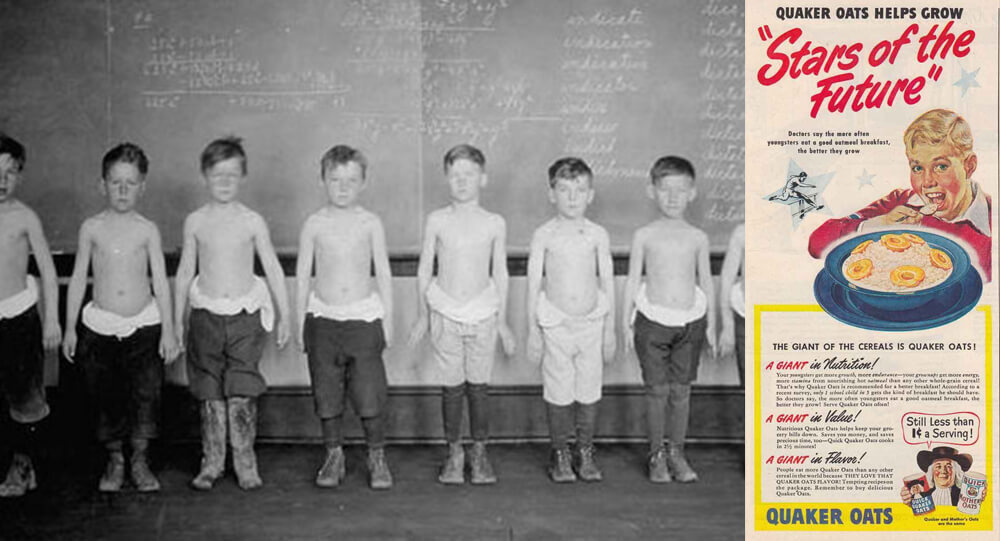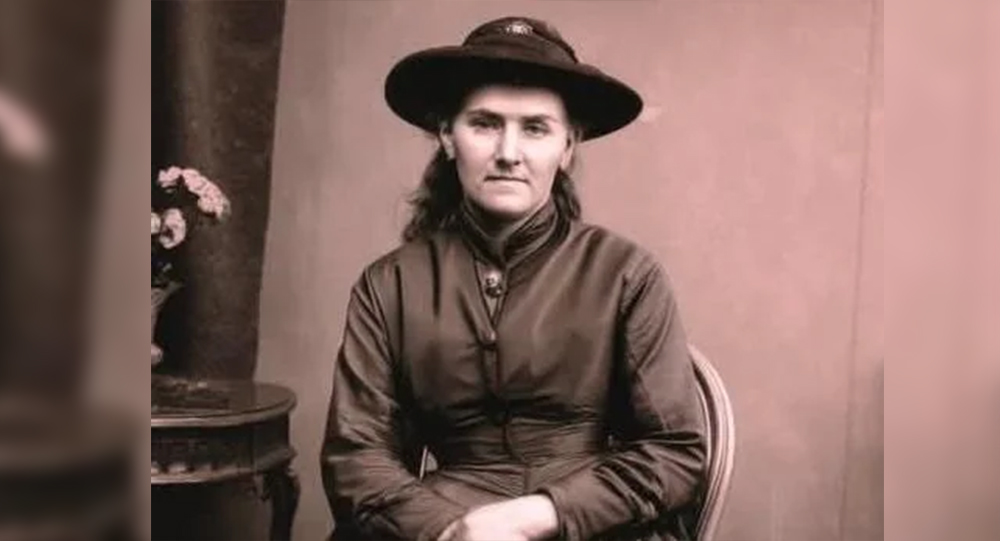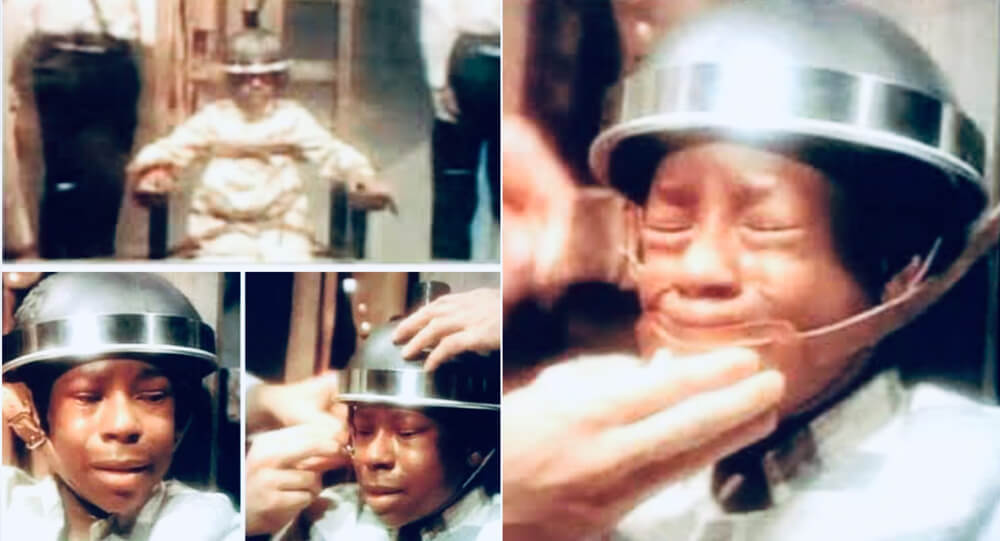
Christine Chubbuck, a 29-year-old television presenter, arrived at Channel 40, the local Florida TV station where she worked, on July 15, 1974. Sally Quinn wrote in a Washington Post editorial the following month, “She was in unusual good spirits.”
None of Chubbuck’s coworkers (a technical director, a male co-anchor, and two camerawomen) questioned her choice to change the running order of her show, Suncoast Digest, which would now begin with a story on a local shooting instead of an interview.
The show began at 9.30 a.m., as normal, but the team quickly ran into a technical hitch when the prerecorded VT failed to roll. Chubbuck then returned to her script, saying, “In keeping with Channel 40’s goal of bringing you the newest in blood and guts and in living color,” she stated, “you are going to see another first: an attempted suicide.”
Chubbuck then took a.38 caliber Smith & Wesson pistol from her bag of puppets, which she used to perform shows at a local hospital for mentally handicapped children, and shot herself in the right ear. Thousands of people watched her commit suicide live on television.
A coworker discovered a blood-soaked news piece on her desk as she was brought to the hospital (where she was later confirmed dead). Christine Chubbuck had written a longhand description of her own demise.
The Unfortunate footage
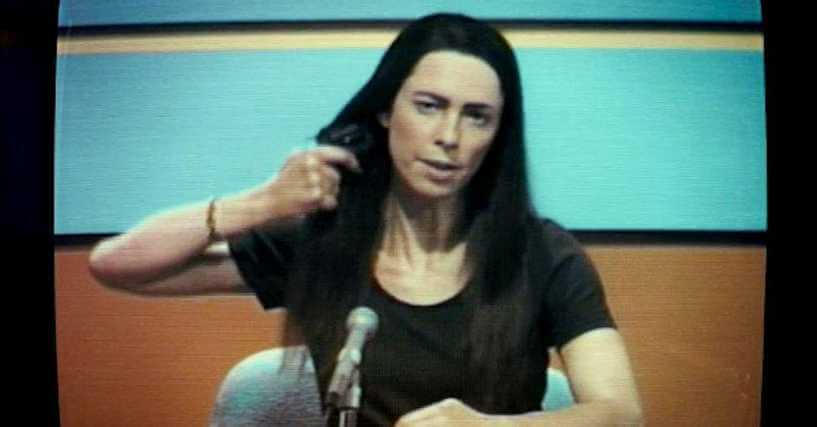
The news made headlines all across the world within hours. It was forgotten within months, save for those morbid detectives who would obsess over discovering the tragic footage once the internet age took hold. It remained a minor footnote in history until last year, when two films about Christine Chubbuck premiered at the Sundance Film Festival.
Indeed, Hall’s first instinct was to hide the screenplay from herself, believing that no one would want to witness such a macabre production.
“My immediate instinct was terror,” Hall adds. “I was perplexed as to why you would make this picture. The things she did have an infinite circular irony to them. Of course, she was afflicted with a terrible, terrible mental disease, and this is the result. However, the things she did had to be seen as a primal scream against a world that was growing increasingly predatory. In front of the world, she was practically abusing her own agony. This necessitates a delicate balancing act.
“You’re truly onto something if you can make a film about sensationalism without becoming sensational.” But I’m pleased to say that I believe we succeeded.”
The second of these, simply titled Christine, has received positive reviews for actress Rebecca Hall, who portrays Chubbuck in his dying weeks. When Hall initially met with filmmaker Antonio Campos (who also directed Simon Killer) and writers Craig Shilowich, she had never heard of Chubbuck.
Hall made her cinematic debut in 1992, at the age of ten, in the miniseries The Camomile Lawn, as the daughter of opera singer Maria Ewing and theatre director Sir Peter Hall. She has since demonstrated her acting prowess in a number of dramas (Vicky Cristina Barcelona, Frost/Nixon, The Town), blockbusters (Iron Man 3, The BFG), comedies (Everything Must Go), and award-winning theater productions.
senseless suicide
Chubbuck’s image by Hall is a stunning item, serving as a counterpoint to contemptuous statements like “senseless suicide.” Christine’s depressive episode is depicted as a nuanced account of depression in which she can giddily anticipate a date with her handsome co-anchor (Michael C Hall), engage in girl-talk with a colleague, Jean, and end up in screaming matches with both her mother (J Smith-Cameron) and her station boss (the indomitable Tracy Letts).
“I feel accountable that if I feel something for a character, I should probably strive to make other people feel something,” Hall adds. “I felt a tremendous sense of obligation to the real person.”
Screenwriter Shane Black claimed last summer that Hall’s initial villain part in Iron Man 3 was cut due to “merchandising problems.” The actor isn’t immune to or unaffected by misogyny. Chubbuck, on the other hand, was subjected to a far more uniform form of misogyny. When the journalist expresses concern about the news getting more graphic, her boss’s response is shocking, but not out of the ordinary for a 1970s workplace: “What’s your problem, Ms Chubbuck?” You’re a feminist, right? You believe that the best method to get ahead is to speak louder than the other person. In a nutshell, that’s the whole movement.”
“I believe this is a crucial exercise in human understanding,” Hall says. “There’s a comparison with the movie’s character Jean, who is a woman working in a similar high-pressure situation. In the video, she tells Christine, ‘When I’m unhappy, I eat some ice cream and sing a song.’ In other words, she’s saying, ‘I have the skills to keep surviving.’ I may not like it, but I can handle it.’
“With Christine, we’re asking her to spend two hours with someone who doesn’t have those tools.” Then, ideally, you’ll have a better grasp of how bad the situation is. Nobody should have to cope with that situation in the first place.”
Essentially unknowable
But why was Chubbuck the one who did it? There are no easy answers in the film. Did Hall come up with a working hypothesis to help her get through the show?
“An important part of the film’s balancing act is that it asks you to get close to someone who is fundamentally unknowable. It accomplishes it in a courteous manner, as it gives suggestions rather than generating false certainty. You’re dealing with a professional journalist. That was something we had to respect.
“I believe I came to the conclusion that if you have a strong desire to kill yourself for whatever reason, every day is a battle to stay alive.” She wakes up every day thinking to herself, “If I just succeed at this, if I just make friends with X, I won’t kill myself.” I’ll make it through the day’s challenges. She realizes that if she wants to stay alive, she’ll have to tell more juicy ‘if it bleeds, it leads’ stories. And he realizes, “If that’s what you want, I’m not going to be able to provide it to you.”
Last year, an experimental documentary on Chubbuck, Kate Plays Christine, was released. Why did these two films on a forgotten historical event come out so soon after one another? What’s more, why now?
“Her tale is incredibly indicative of so many things that we as a culture are wrestling with right now,” Hall speculates. “The idea of living your entire life in front of a camera.” The idea that it couldn’t have happened unless it was caught on video. False information. The fact that she continues to be subjected to gender prejudices. We still don’t know how to talk about or ask for help when it comes to mental health difficulties. The stigma associated with suicide.
“What she does is, in some manner, summarize everything and toss it at you, asking you to think about it.”
Christine has been released.

What Was the Beast of Gévaudan?
Between 1764 and 1767, a mysterious animal called the Beast of Gévaudan terrorized the French village called Gévaudan. It attacked and killed about 100 adults and children. While most believe it was a wolf, some say it may have been a wolf-dog hybrid, hyena or even a lion, but without any genetic evidence, the beast will remain a mystery forever.

How a Total Lunar Eclipse Saved Christopher Columbus in 1504
In 1504, Christopher Columbus was stranded in Jamaica with natives who refused to give him food. But he knew the date and time of an upcoming lunar eclipse. So he told the natives that his gods were angry at their treatment of him, and would provide a clear sign. Once the eclipse started, the natives raced to give him food and begged for mercy.

The Assassination Of King Alexander
The assassination of King Alexander of Yugoslavia marked a pivotal moment in the country's history. This article delves into the rise and reign of King Alexander, exploring his early life and ascension to the throne. It also examines the political and social climate in interwar Yugoslavia, setting the stage for the tensions and challenges that ultimately culminated in his tragic assassination. By understanding the context in which this event unfolded, we can better grasp the significance and impact it had on the nation and its future.

D.B. Cooper: Man who hijacked a plane and jumped out with a $200,000
On November 22, 1971, DB Cooper hijacked a Boeing 727, drank a whisky, smoked a fag, and then jumped out of the plane with $200,000. He was never again seen.

The Mouth of Truth: Ancient Rome’s Legendary "Lie Detector" That Bit Off Hands
Discover the chilling legend of the Mouth of Truth (Bocca della Verità) in Ancient Rome—a massive carved stone face believed to bite off the hand of anyone who lied while inserting their hand into its gaping mouth. Uncover the truth behind its eerie reputation and how this ancient artifact became a symbol of honesty and fear.

Nuclear bomb accidentally dropped on North Carolina in 196
4 January 1961: The 4241st Strategic Wing's Boeing B-52G-95-BW Stratofortress, serial number 58-0187, was on a 24-hour airborne alert mission off the United States' Atlantic Coast.

Shizo Kanakuri’s 1912 Olympic Marathon Finished 54 Years
At the 1912 Olympics, a marathon runner quit and went home to Japan without telling officials and was considered a missing person in Sweden for 50 years. In 1966, he was invited to complete the marathon. His time: 54 years, 8 months, 6 days, 5 hours, 32 minutes, and 20.379 seconds.

A Brief History of the PlayStation Gaming Console
Sony's PlayStation was never meant to be an actual product. Instead, it was intended to be a CD-ROM console that would support Nintendo games. However, when Nintendo backed out of the deal at the last minute, Sony went ahead and launched what soon became one of the most successful gaming consoles of all time.

Thomas Baker's heroic act that earned him the "Medal of Honor" was 8 bullets until death
Thomas Baker instructed his team to leave him with a pistol and eight bullets propped up against a tree after he was injured. Later, American troops discovered the now-deceased Baker in the same location, lying next to eight dead Japanese soldiers and carrying an empty pistol.

The History Behind the “No One Dies Alone” Program
In 1986, while doing a night shift at the hospital, Sandra Clarke, a registered nurse, was asked by an elderly patient to stay. She promised to be back after checking on her other patients, but by the time she returned, the gentleman had passed away. Clarke became one of the key figures in launching No One Dies Alone, a program that allows volunteers to sit with terminal patients who have no one else.

Nearest Green, America's first known Black master distiller
Nathan "Nearest" Green was an African-American head stiller who is now more frequently referred to as a master distiller. He was renowned for imparting his distilling knowledge to Jack Daniel, the creator of Jack Daniel's Tennessee whiskey distiller, after Jack Daniel was freed from slavery following the American Civil War.

The mysterious secret of Dr James Barry
Before women were allowed to enroll in medical school, Margaret Ann Bulkley studied medicine and assumed the identity of Dr. James Barry for 56 years while dressing as a man. After 46 years of service as an army doctor officer, her secret was not made public until after her death in 1865.

Blanche Monnier: Imprisoned For 25 Years For Falling in Love
Blanche Monnier, she was a French woman noted for her beauty, she wished to marry an old lawyer that her mother disapproved of, so she locked her in a small dark room in her attic for 25 years.

Story of Kathrine Switzer: the first woman to run in Boston Marathon
Before women were allowed to run in the Boston Marathon, Kathrine Switzer participated. A race official attempted to forcefully remove her from the race in 1967, but her boyfriend pushed him down. She was the first female finisher who had a numbered entry in the race.

Inside The Mysterious Death Of The Famed Gothic Writer Edgar Allan Poe
Hours before his death Edgar Allen Poe was found on the streets of Baltimore. He was incoherent, wearing another man’s clothes, and unable to explain how he got there. The cause of his death is an unsolved mystery.

Did Gil Pérez Really Teleport from Manila to Mexico Overnight? The 1593 Mystery
On October 24, 1593, while performing his guard duties at Manila's Governor's Palace in the Philippines, Gil Perez stopped to lean against a wall and sleep for a while. He opened his eyes to find himself in an unusual environment. Gil was in the Plaza Mayor in Mexico City. They imprisoned Perez, but the authorities in Mexico City decided to release him and return him home.

1972 Andes Plane Crash Survivor recall the terrifying Struggles to Stay Alive
On October 13, 1972, a plane carrying a rugby team from Uruguay crashed in the Andes between Chile and Argentina. The survivors were in brutal conditions - high altitude, bitter cold, and the lack of food—and faced the most terrible choice—eating the frozen flesh of their dead friends or starving to death themselves.

During the 1996 Olympic bombing, Richard Jewell falsely accused of committing the crime after saving dozens of people
Richard Jewell, an American security guard, discovered a bomb during the 1996 Olympic Games in Atlanta and assisted in the evacuation, but was later wrongfully accused and faced public scrutiny. He was cleared, but it had a lasting impact on him until his death in 2007 at the age of 44.

Quaker Oats Fed Children with Radioactive Oatmeal
In the 1940s and 1950s, Quaker Oats and MIT conducted experiments on radioactive iron and calcium-containing cereal. The diet was part of a study to see if the nutrients in Quaker oatmeal traveled throughout the body. In January 1998, a $1.85 million settlement was reached for 30 victims who came forward.

Juliane Koepcke: The Teenager Who Fell 10,000 Feet And Trekked The Jungle to survive
In 1971, a high school student was sucked out of an airplane after it was struck by lightning. She fell 10,000 feet to the ground while still strapped to her chair and survived. Only to endure a 9-day trek to the nearest civilization.

The Tragic Story Of Mary Ann Bevan, The ‘Ugliest Woman In The World’
After the death of her husband, Mary Ann Bevan had no income to support herself and her children. She then decided to enter a contest where she won the title of “ugliest woman” and was later hired by a circus. She endured this ridicule from the world to provide for her family.

Top 10 Greatest and shocking Archaeological Discoveries of All Time
While we're all locked at home, there's no better way to escape to another time and place than to learn about amazing archeological sites and discoveries from around the world. Here are the 10 greatest and shocking archaeological discoveries —and don't be shocked if they inspire future trip plans whenever it's safe to do so again.

Why Comedians Failed to Make Sober Sue Laugh in the Early 1900s
In the bustling vaudeville scene of early 20th century New York, a mysterious performer known as "Sober Sue" captured public imagination not for jokes or songs, but for her unshakable stoicism—she never smiled or laughed. A local theater even offered a tempting reward of $1,000 to anyone who could make her laugh, drawing crowds and famous comedians eager to claim the prize. Despite countless hilarious attempts, Sue remained expressionless, a mystery that baffled performers and audiences until it was revealed that she suffered from facial paralysis, explaining her unchanging demeanor.

The youngest person executed, George Stinney Jr was proven innocent
In 1944, George Stinney Jr. was 14 years old when he was executed in South Carolina. It took only ten minutes to convict him — and 70 years to exonerate him.

The unbroken seal on King Tutankhamun's tomb until 1922
The unbroken seal of Tutankhamun's tomb before it was opened in 1923, it was unbroken for over 3000 years.

